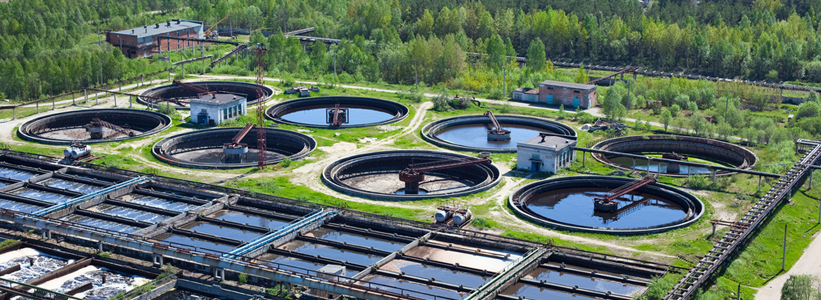Technology
What are Catalytic 3G-AQUA & Catalytic 3G-AQUA Plus (Natural Water Treatment System) and how do they work?

Why use Catalytic 3G-AQUA & Catalytic 3G-AQUA Plus (Natural Water Treatment System)?
The marketplace is filled with good water filtration/purification systems and technologies (We should know—many of those manufacturers are some of our best customers.)
So…why consider using Catalytic 3G-AQUA & Catalytic 3G-AQUA Plus (Natural Water Treatment System)? We can give you two good reasons (See "Benefits of Catalytic 3G-AQUA & Catalytic 3G-AQUA Plus (Natural Water Treatment System)" below). One: Because Catalytic 3G-AQUA & Catalytic 3G-AQUA Plus (Natural Water Treatment System) enhance the performance, extend the life, reduce the maintenance and lower the total cost of many available carbon-based systems. Two: Catalytic 3G-AQUA & Catalytic 3G-AQUA Plus (Natural Water Treatment System) help control microorganisms by creating an environment that’s deadly to some microorganisms and that interferes with the ability of many other microorganisms to function. Either way, the use of Catalytic 3G-AQUA & Catalytic 3G-AQUA Plus (Natural Water Treatment System) results in the total elimination of some contaminants and a great reduction of a wide variety of others.

On Catalytic 3G-AQUA & Catalytic 3G-AQUA Plus (Natural Water Treatment System)…
Catalytic 3G-AQUA & Catalytic 3G-AQUA Plus (Natural Water Treatment System) is a high-purity formulation of alloy of noble and semi-noble metals alloy that reduces contaminants such as chlorine, bacteria and heavy metals using a chemical process called redox, or oxidation-reduction. During redox, free electrons are transferred between molecules turning previously harmful substances such as chlorine into a benign substance like chloride. Catalytic 3G-AQUA & Catalytic 3G-AQUA Plus (Natural Water Treatment System) unique redox process, which removes up to 98% of inorganic water-soluble heavy metals from filtered water.
Why use Catalytic 3G-AQUA & Catalytic 3G-AQUA Plus (Natural Water Treatment System)?
The marketplace is filled with good water filtration/purification systems and technologies (We should know—many of those manufacturers are some of our best customers.)
So…why consider using Catalytic 3G-AQUA & Catalytic 3G-AQUA Plus (Natural Water Treatment System)? We can give you two good reasons (See "Benefits of Catalytic 3G-AQUA & Catalytic 3G-AQUA Plus (Natural Water Treatment System)" below). One: Because Catalytic 3G-AQUA & Catalytic 3G-AQUA Plus (Natural Water Treatment System) enhance the performance, extend the life, reduce the maintenance and lower the total cost of many available carbon-based systems. Two: Catalytic 3G-AQUA & 3G-AQUA Plus (Natural Water Treatment System) help control microorganisms by creating an environment that’s deadly to some microorganisms and that interferes with the ability of many other microorganisms to function. Either way, the use of Catalytic Catalytic 3G-AQUA & Catalytic 3G-AQUA Plus (Natural Water Treatment System) results in the total elimination of some contaminants and a great reduction of a wide variety of others.
Recommendations provided by Lana Fountain (NASA)
Basically, the alloy is propagating a redox reaction - or an oxidation-reduction reaction. The electrochemistry behind a redox reaction is as follows:
We can say, if a piece of metal undergoes corrosion it's because it loses electrons. So when a molecule, an iron, or an atom has become more positively charged, we can say it has been oxidized, However, when an atom, molecule, or ion has become more negatively charged we say that it has been reduced.
We must remember when one reactant loses electrons another agent must gain them: the oxidation of one substance is always accompanied by the the reduction of another as electrons are transferred between them. This electron-transfer that occurs during oxidation-reduction (or redux) reaction can also be used to produce energy in the form of electricity. So, electrochemistry deals with the relationships between chemical reactions and electricity.
For Example: The redox reaction is producing an electromotive force (or voltage) that is reducing the oxidized metal (rust). In this case, Zn is losing electrons and Cu is gaining electrons - ultimately resulting in a voltage that reduces the already oxidized metal. The combination of the water velocity through the system (the right rate, producing a substantial voltage) and the appropriate concentration of each metal in the alloy, yields the reduction of rust.

